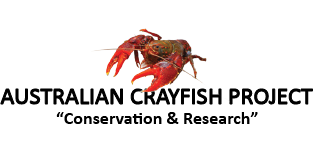Clark 1936 described the species from the Gellibrand River south of Colac, Victoria. Its a relatively common species in the Otway’s and south of the Colac region. A recent expedition (November 2015) to the area found them to be widespread and when present abundant. Many places we captured both Cherax albidus and Geocharax gracilis together. Other place only one or the other species. Interestingly, sites we had caught Geocharax at previously (3 years) and no Cherax, only had Cherax this time.
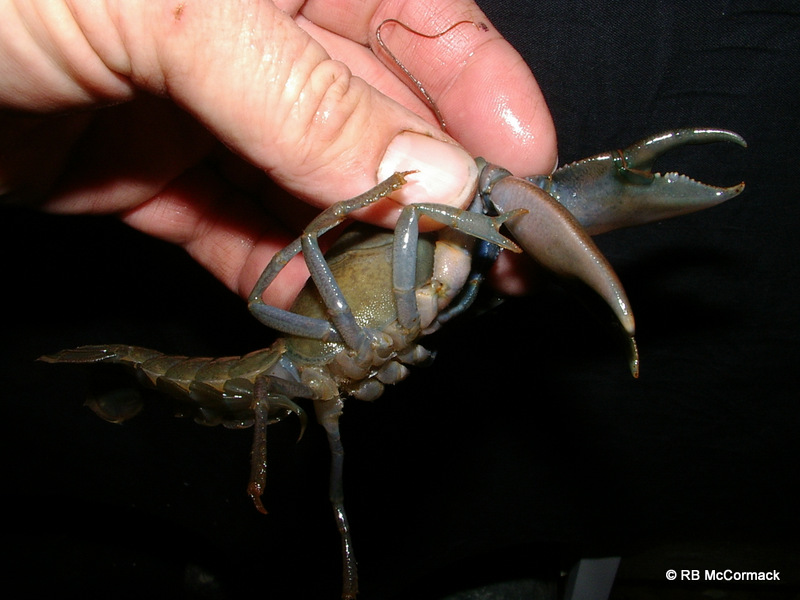
Geocharax gracilis is a species commonly used as bait for recreational fishers. Referred to as “Black Yabbies” they make great bait but they are just not as prolific as Cherax so their numbers take a lot longer to recover after heavy bait collection. Perhaps that’s why Cherax are now in their previous areas, they have just outbreed/out competed them.
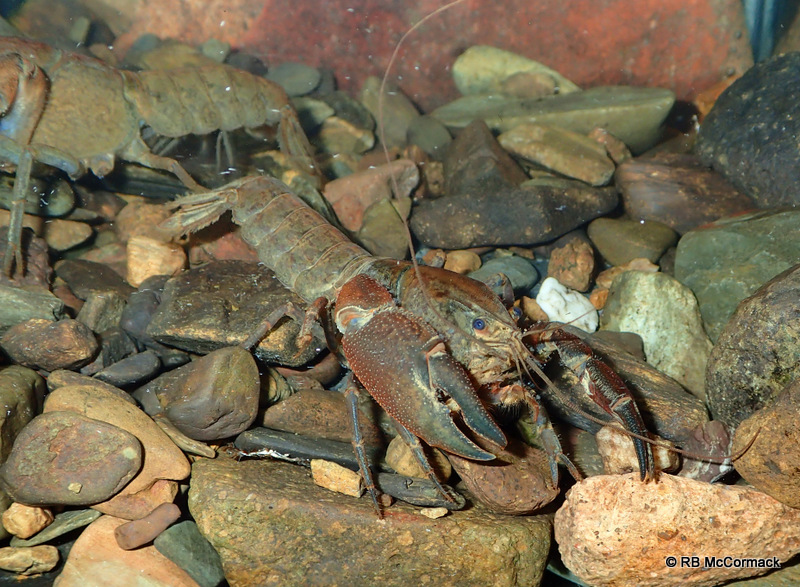
We sampled over a thousand G. gracilis over several days by both net and trap. Typically, males far outnumbered females:
Trapping = approx. 92% males
Scooping = approx. 75-80% males
We never recorded a female with eggs despite it being November and within the breeding season.
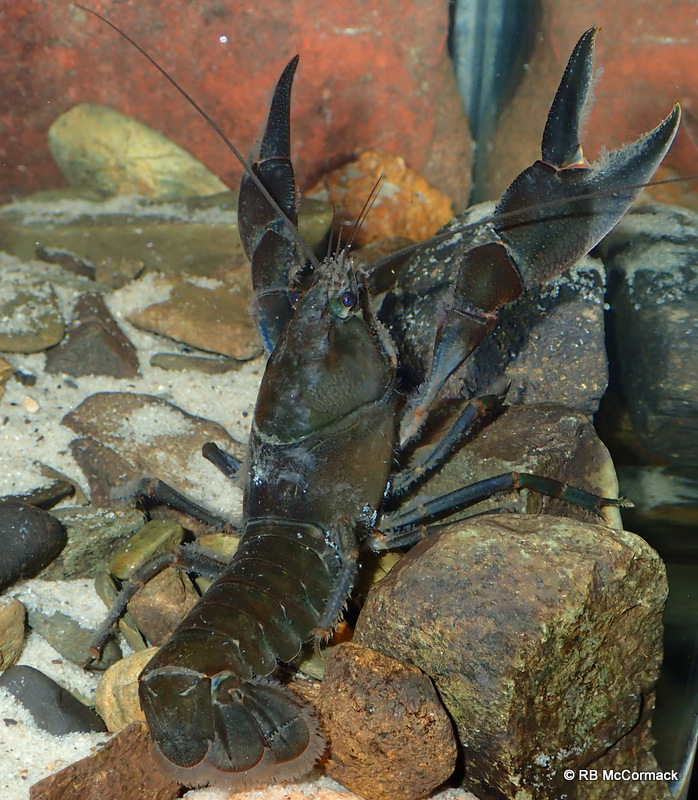
Geocharax gracilis is endemic to southern Victoria, King Island and far north west Tasmania, Australia. It has been assessed as Least Concern. While this species is known to be impacted by agriculture practices, this is likely to be a localised threat only. This species is known from a broad geographic range with an estimated extent of occurrence of 20,000 km2 (IUCN 2015).
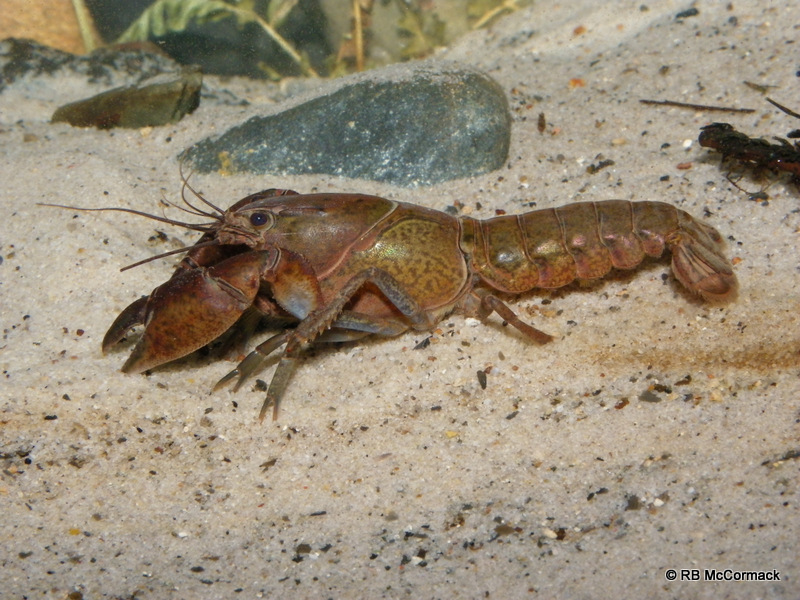
Typically, they would have 2-3 surface entrances, 2 deep burrows, 350-450 mm deep into water table. Burrows are along the banks of streams and dams may connect to the stream but others further away do not. They will colonize low lying swampy areas that may flood but mostly absent surface water. Typically, Geocharax burrows are along the bank and Cherax burrows are closer to the water or in the water.
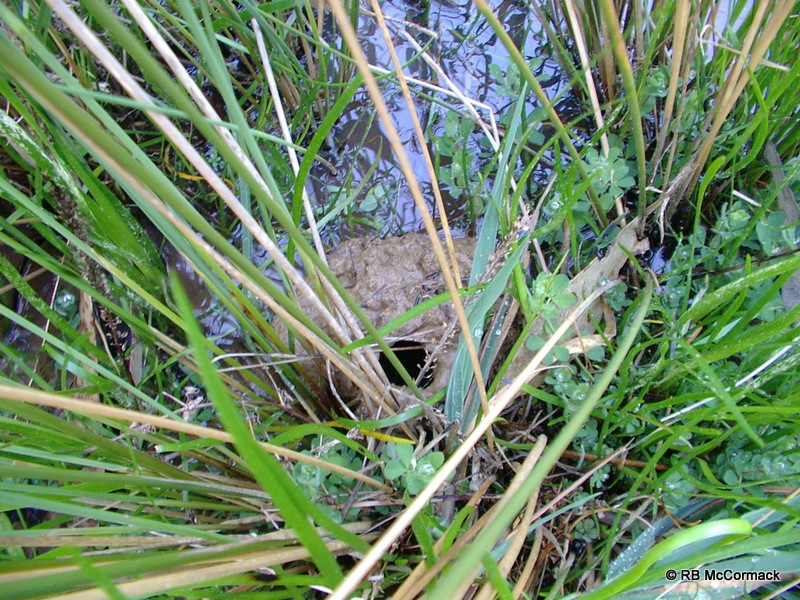
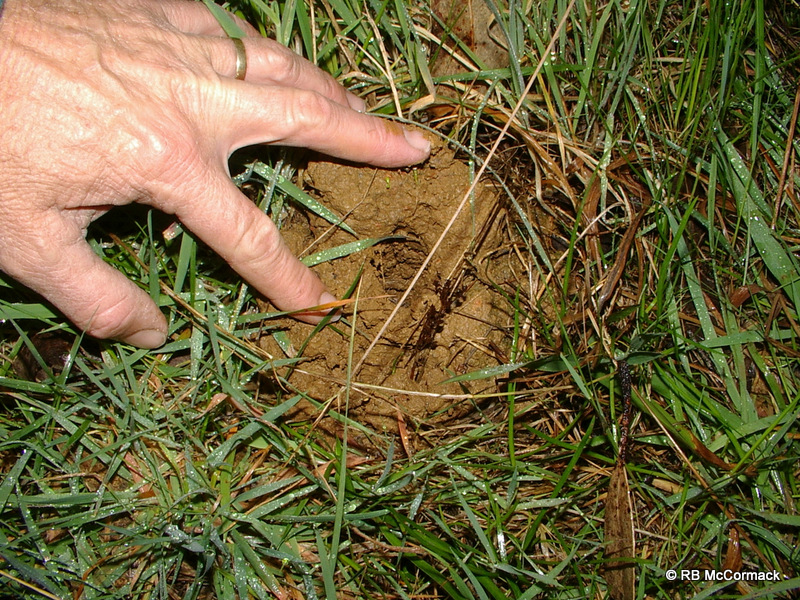
References & Further Reading
Clark, E. (1936). The freshwater and land crayfishes of Australia. Memoirs of the National Museum of Victoria 10, 5–58.
Johnston, K. & Schultz, M. 2010. Geocharax gracilis. The IUCN Red List of Threatened Species 2010: e.T153656A4527651. http://dx.doi.org/10.2305/IUCN.UK.2010-3.RLTS.T153656A4527651.en. Downloaded on 22 November 2015.
Schultz M.B., Smith S.A., Richardson A.M.M., Horwitz P., Crandall K.A., Austin C.M. (2007) Cryptic diversity in Engaeus Erichson, Geocharax Clark and Gramastacus Riek (Decapoda : Parastacidae) revealed by mitochondrial 16S rDNA sequences. Invertebrate Systematics 21, 569–587. http://dx.doi.org/10.1071/IS07019
